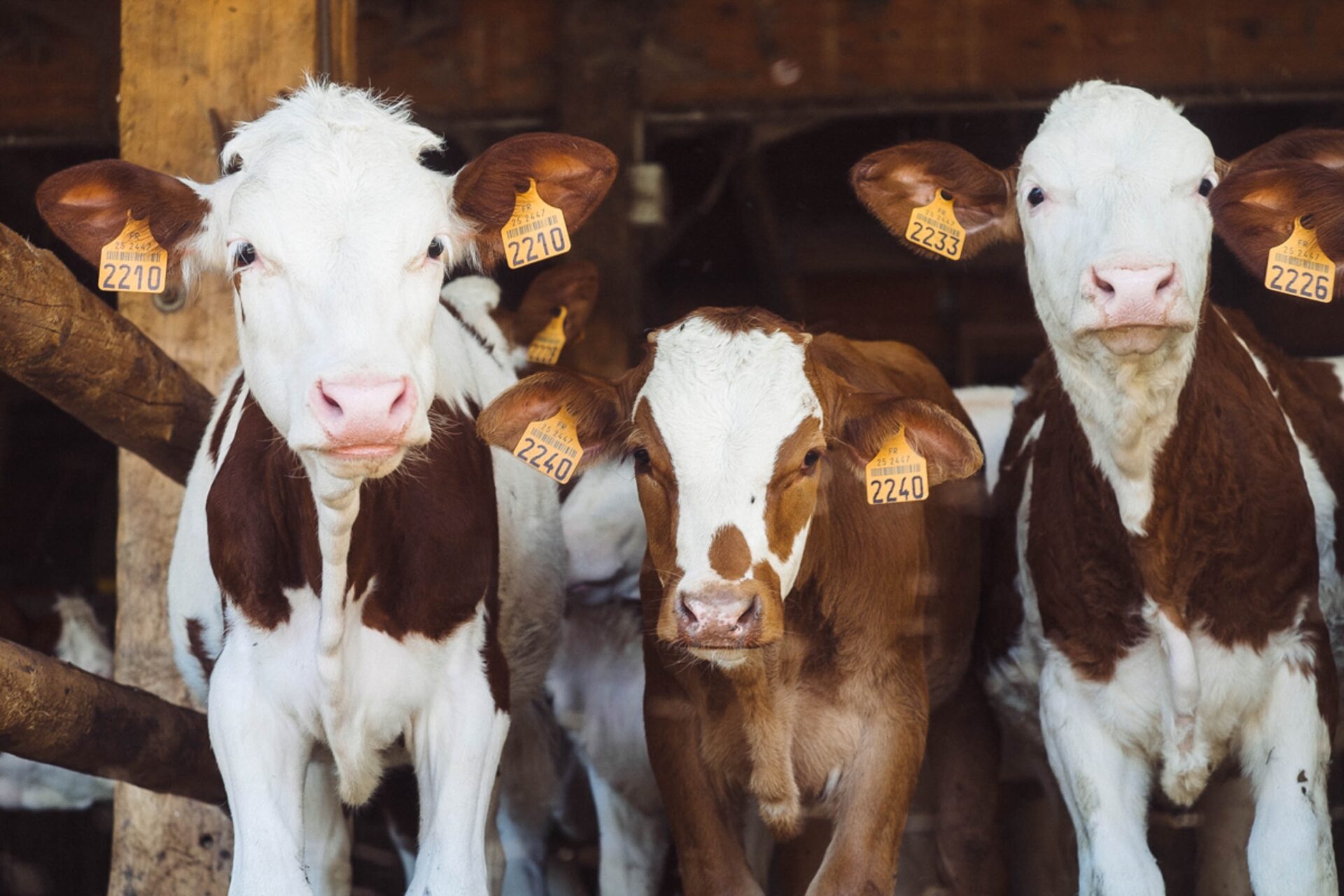As farmers and growers faced difficulties through the Covid-19 pandemic, with strain placed on supply chain and logistics, now that the industry is through the worst of the temporary stop-gap, there has been a resurgence in demand for Australian cattle herd and sheep flock.
Mecardo – an agricultural trends analysis firm – claims that red meat producers should be optimistic due to a range of factors both international and domestic.
At the Australian Livestock Saleyards Association conference, Olivia Agar told attendees that despite short term factors that could pose serious threats to Australia’s biosecurity status – namely, foot and mouth disease -that the red meat sector was “still very positive.”
Mrs. Agar states that although the Russian invasion of Ukraine and soaring inflation and rising interest rates were contributing to economic pressure, the need for protein on a global scale would underpin the demand for Australian red meat worldwide.
“The Organisation for Economic Co-operation and Development predicts meat consumption will increase by 15 per cent by 2031 and it’s the lower to middle income countries that are the big driver in that growth,” she said.

“The other factor for cattle is the US herd being in liquidation and when they start to enter the rebuild phase, we’ll see a lot less competition in our beef market from the US.
“They’ve been in a serious drought for a couple of years and that’s expected to turn around in 2023 but hinges on whether they will get the rain to start that rebuild phase.”
“It’s a medium to long-term positive for Australian beef,” she said.
Seasonal conditions and the potential for a third cycle of La Nina, bringing with it increased rainfall, is also another reason for the cheerful outlook.
Mrs. Agar predicted significant growth within the next year.
“The 2022 sheep flock estimate is 76 million head and it’s expected to grow 4pc by 2023 to 78.7 million head,” she said.
“Meanwhile, the national cattle herd is also forecast to grow by 4pc from 27.5 million to 28.7 million head by 2023.”
When it comes to the coordination of mass production and processing, if you don’t have the right procedures and software to manage your business, significant short-term growth can be a cause for concern. Having an accounting software that is robust, modular and can manage all aspects of your business is important for efficient daily operations. Call ABM today to find out how we can grow with you.









